Architecture, Engineering, and Construction
4-Phase structure for AEC
Concept Phase
Every successful project begins with a clear understanding of existing conditions and system feasibility. PMI’s technologies ensure early-stage precision for better decision-making:
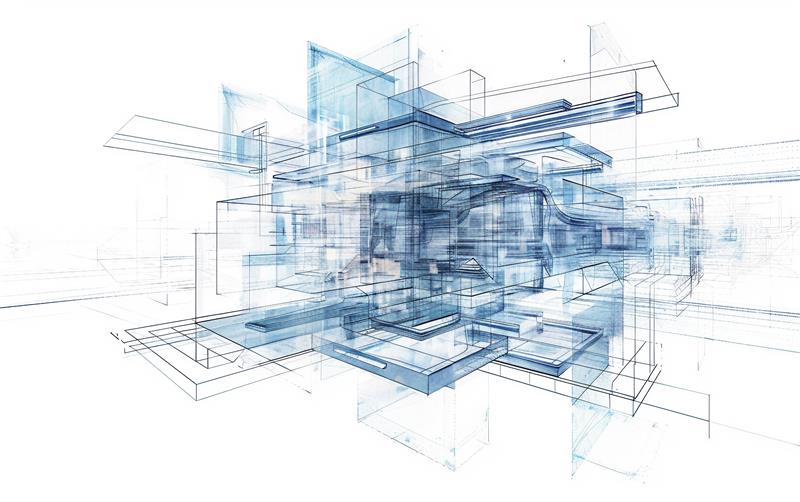
Capture high-resolution spatial data to support site evaluations and feasibility studies.
Create detailed digital replicas of built environments for accurate early-stage planning.
Analyze systems like energy use, site logistics, and environmental performance to validate project feasibility.
Design Phase
From ideas to actionable plans, the design phase demands precision and systems thinking. PMI empowers design teams with insights that save time, cost, and rework:
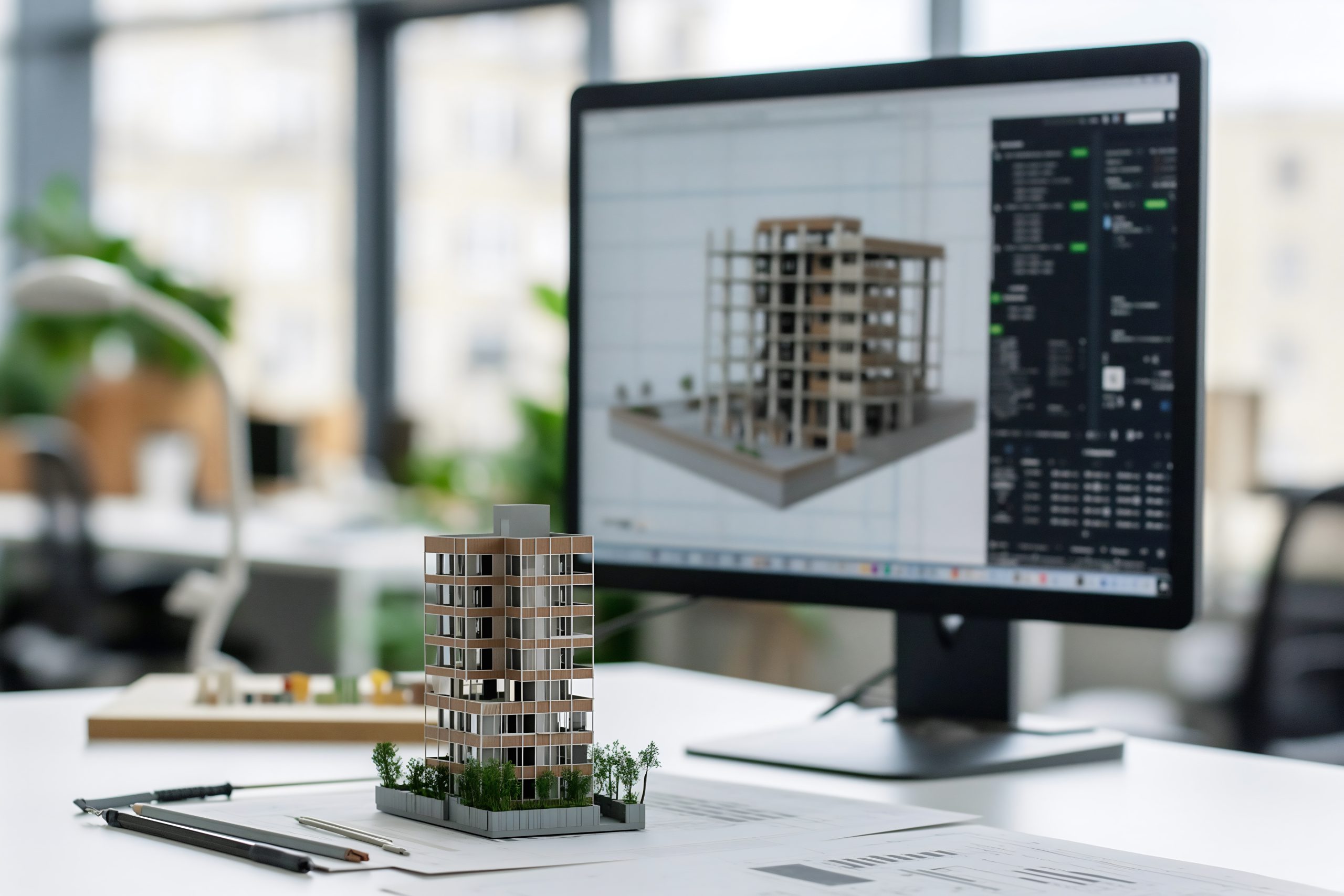
Transform real-world data into intelligent BIM models for informed and constraint-aware designs.
Test design alternatives for energy efficiency, HVAC performance, and spatial logistics before execution.
Optimize plant layouts, equipment positioning, and material flow to enhance constructability and future operation

Construction Phase
Delivering a project successfully requires accuracy, coordination, and continuous visibility. PMI’s solutions streamline construction workflows and minimize project risks:
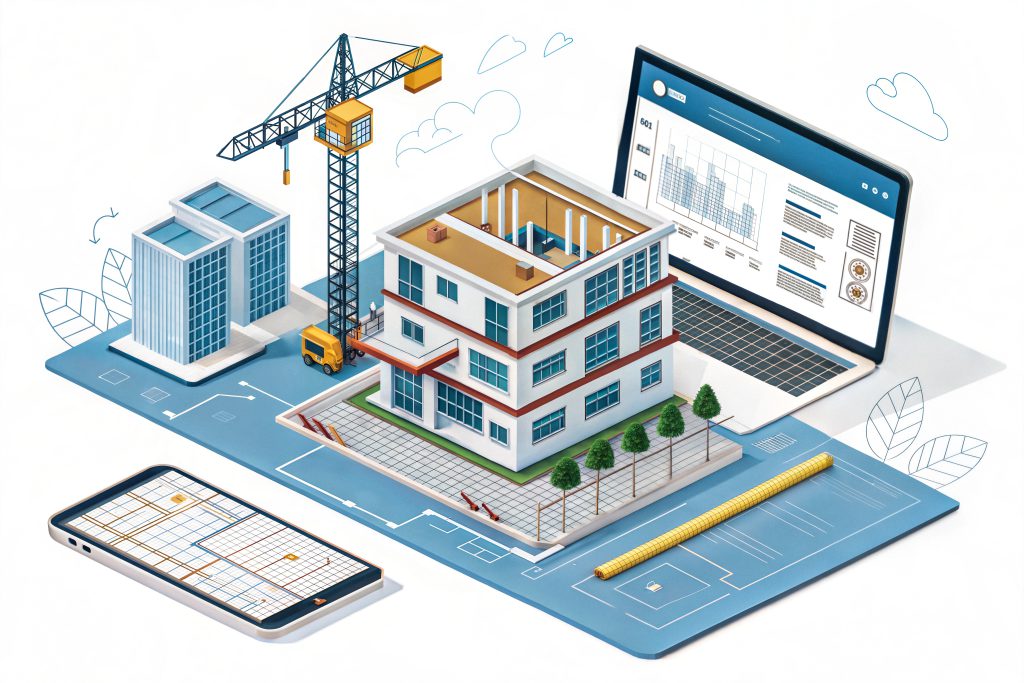
Generate fabrication-ready models and shop drawings for smoother and error-free construction.
Monitor site progress digitally, detect conflicts early, and optimize project timelines.
Plan and optimize material flow, logistics, and resource deployment at the construction site.
Analyze construction logistics and system behavior to avoid costly surprises.
Facility Management Phase
The life of a building extends long after construction. PMI enables smart facility management through digital insights, workforce optimization, and process improvements:
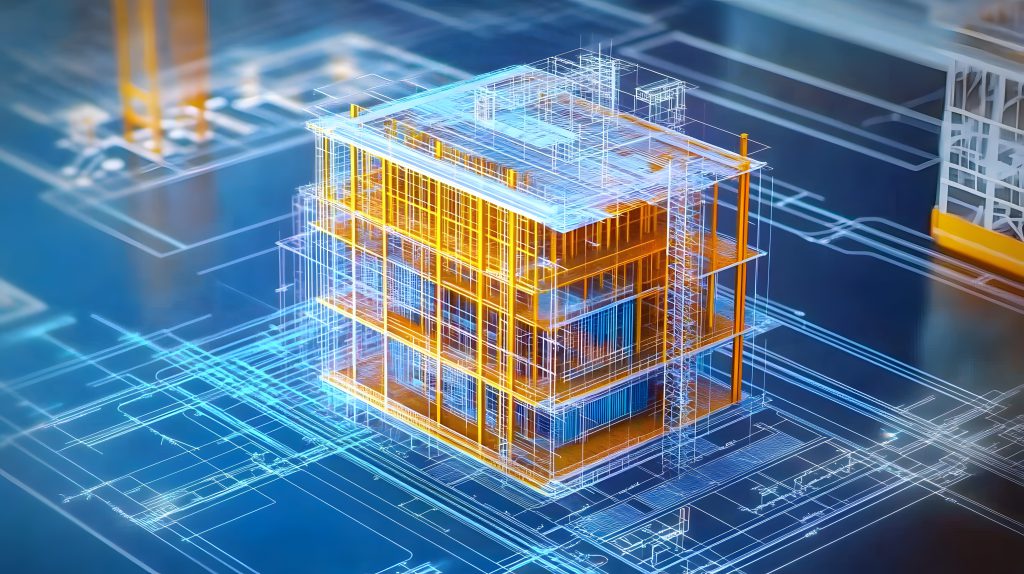
Monitor building performance in real-time, predict maintenance, and enhance energy management.
Maintain accurate as-built records for maintenance, retrofits, and expansions.
Build efficient facilities management teams and maintain compliance and operational excellence.
Conduct operational audits, workflow redesign, and continuous improvement initiatives for better facility performance.
Want to schedule a time to speak with one of our Architecture, Engineering, and Construction Consulting representatives now?
Let our experts show you how our Services can support your projects!
Send a message to our team by filling out the form below. Describe your project, ask questions, or even request a bid.
An expert from our team will be in touch with you within one business day!






